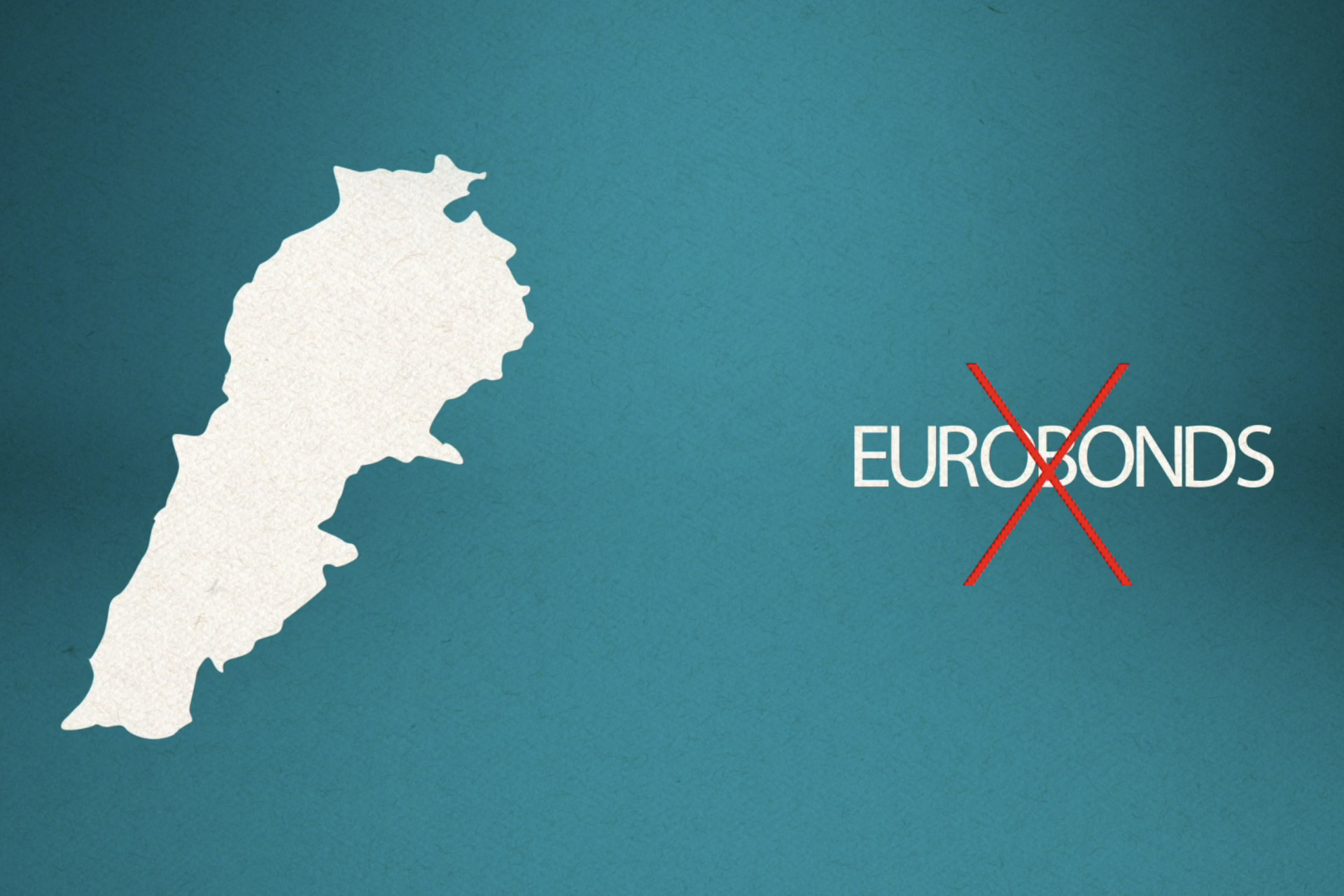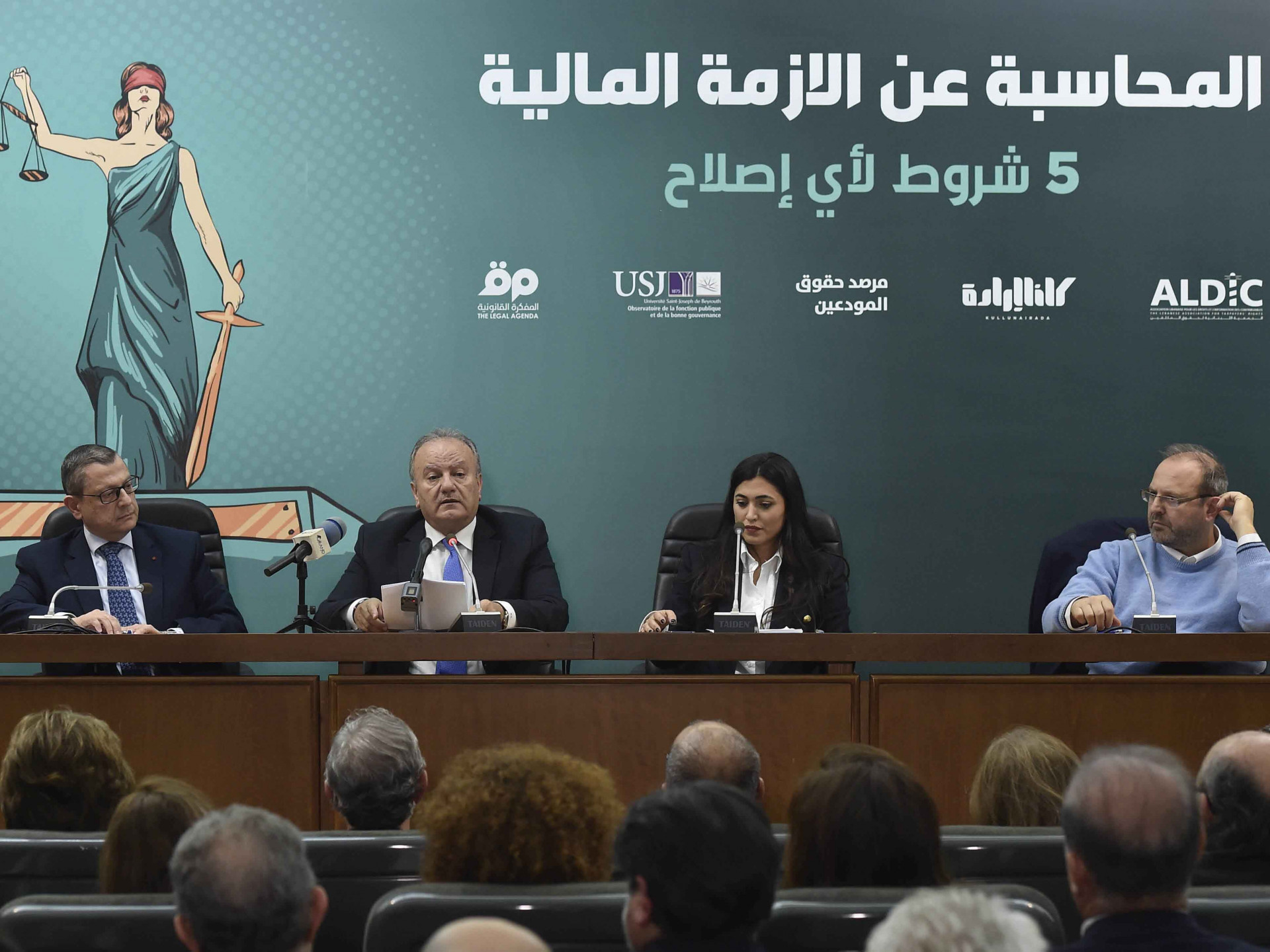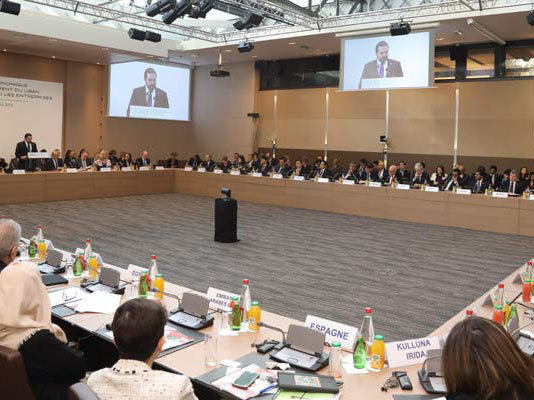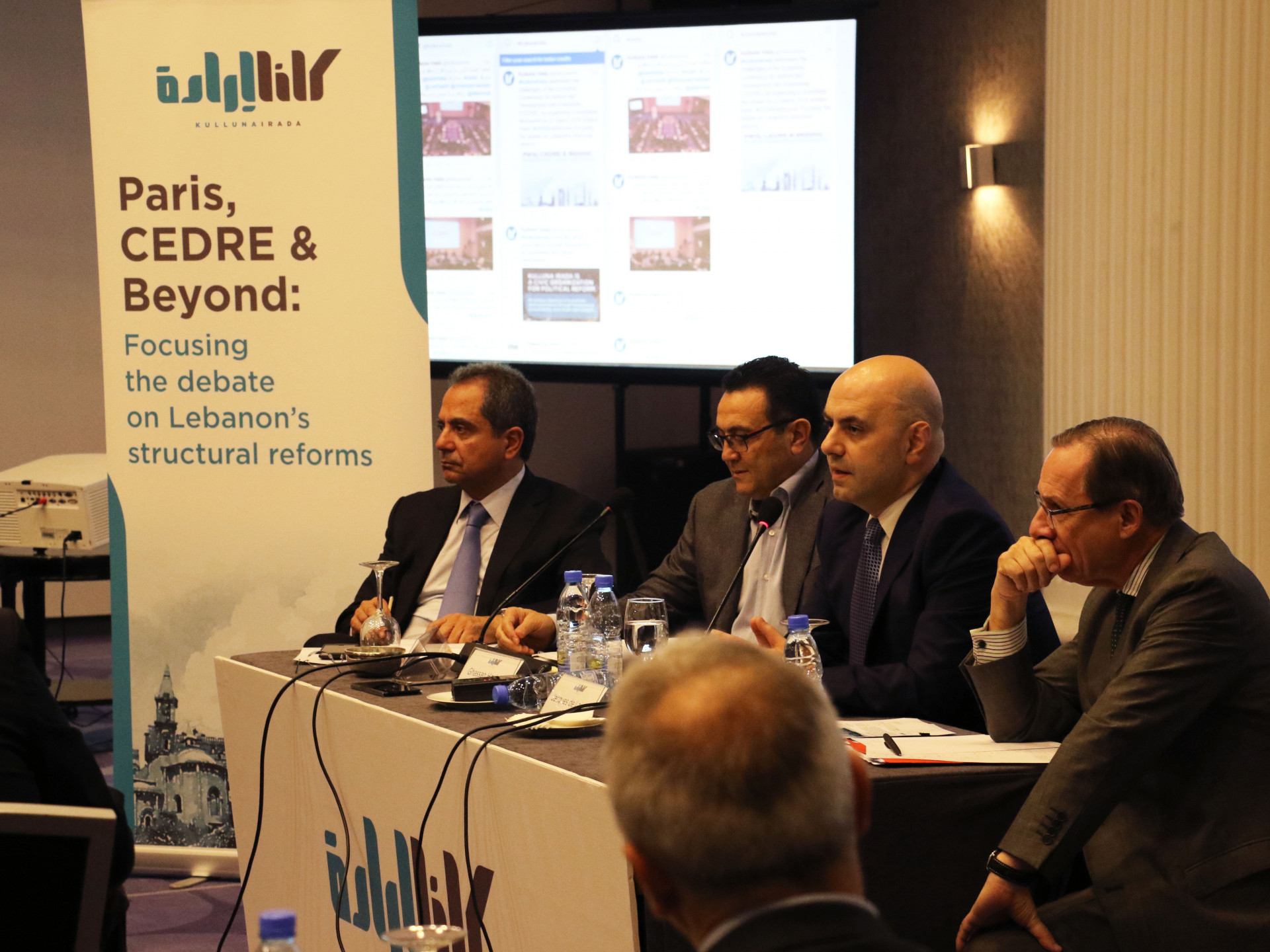The Lebanese government announced that the payment of the March 9 Eurobond will not be made and that the Lebanese State will seek to restructure its foreign debt in accordance with its national interest and through fair and good-faith negotiations with creditors. Below, Kulluna Irada’s answers to frequently asked questions about this sovereign default.
Has the government defaulted only on the March 9 Eurobond or all its external debt?
The government will be in default on March 16, at the end of a 7-day grace period.
Defaulting on the March 2020 series of Eurobonds triggers a cross-default on all the outstanding Eurobonds, which total USD 33.5 Billion. As such, holders of other series will be able to accelerate payment of their bonds.
Could the government have avoided a default?
The government could have avoided a default by agreeing on restructuring terms prior to the non-payment. This would have required the consent of 75 percent of the holders of each Eurobond series, voting on a series by series basis.
New borrowing terms would have been decided, which can include the coupon rate, maturities and grace period.
However, the State of Lebanon reacted too late. Financial and legal advisers were appointed only a few days before the March 9 deadline.
Even if the government had been prepared, success was far from guaranteed. Lebanese banks sold a blocking minority (more than 25 percent of bonds) to foreign investors. While we understand the need for banks to raise their liquidity by selling Eurobonds at steep discount, i.e. 25 % of principal amount, it resulted in significant claims against the State. For each dollar raised, a claim of 4 dollars is generated at the price of 25 cents.
And the government’s position in future negotiations is materially weakened.
What will happen now and what are the consequences of a default?
There is still a slim chance to reach a deal with bondholders before the end of the grace period.
For a debt restructuring agreement to be effective with respect to a specific series whether pre-or post-default, but prior to final judgement in case of lawsuits, the holders of 75 percent of the bonds in each of the 27 Eurobond series issued by the Lebanese State, must agree to new terms. Any agreement will be binding on all bondholders.
We must assume that some bondholders will sue to put additional pressure on the government.
That said, most of the downsides of default has already been realized in Lebanon. In another context, default can cause a credit crunch and a run on the banks, precipitating a financial crisis. However, Lebanese banks are not providing credit, are not taking deposits and are limiting foreign currency cash withdrawals. In other words, Lebanese banks are unable to perform their roles as financial intermediaries and safe repositories of financial assets, their core responsibilities.
At a minimum, the default will force the banks to take at least 80 % provisions on their Eurobonds portfolio. However, the Lebanese banks are anyway facing significant other liquidity and insolvency issues and the government needs to urgently prepare a plan to manage the banking sector’s crisis, based on technical support from the legal and financial advisory firms. The future of deposits depends on the nature of the government’s response to the crisis. There is a time race between an urgently needed comprehensive plan and the dynamics of the crisis that can evolve in a vicious circle of hyperinflation and depreciation of the lira.
What motivated this decision?
Lebanon’s dollar reserves have drastically dropped, and the country needs to set priorities for the use of its remaining foreign currencies. The cabinet had to choose between paying external creditors or financing the imports of basic needs for the Lebanese, such as medication, food and fuel.
Some voices were opposed to the restructuring based on the fact that the March payment is relatively small compared to our overall debt levels. What is your take on that?
First, the payments that are due by the end of the year are in excess of 4 billion dollars. This is not a small amount relative to our remaining foreign currency reserves, which are estimated between USD 6 billion and USD 22 billion, depending on what can actually be used. Unfortunately, disaggregated reserve figures are not being published by the central bank.
Second, we need to understand that the USD 33.5 billion of Eurobonds are only one part of Lebanon’s total public foreign currency debt (government, central bank and state owned enterprises). The central bank’s foreign currency debt is nearly twice as big and equally problematic as the sovereign debt. It includes CDs in dollars and current accounts in dollars that total USD 57 billion. In addition, USD 18 bn of required reserves by commercial banks at the BDL render the total exposure of the central bank at USD 75 billion with only USD 29 billion to show for in terms of assets. This renders BDL quite insolvent and illiquid.
Hence, excluding the Treasury debt in Liras, which is LBP 84.000 billion, the total public foreign currency debt is huge by any standard. It represents more than 200 percent of projected GDP for 2020. This in itself calls for an urgent restructuring.
Third, market prices show that bondholders themselves did not expect to be paid in full. Lebanese Eurobonds are being sold on open markets at a fraction of their face value.
In short, making a payment in March would have entailed sending much-needed dollars to foreign bank accounts while not solving Lebanon’s deep and acute debt and financial crisis.
Can the government still navigate the crisis in a way that restores trust and protects the Lebanese social fabric?
If there is a will, there is a way. Hard times are unavoidable. But the burden of the losses can still be managed in an equitable way provided a comprehensive macro-fiscal-financial-monetary rescue plan is rapidly designed and implemented.
Is an IMF program a necessity?
Lebanon suffers from a complex crisis combining balance of payment, debt, currency, financial sector, productive sectors, etc. The priority is therefore to develop a clear strategy to reform its failed financial and economic model and conduct much needed structural reforms. However, the magnitude of the restructuring and financial needs is such that we will need external liquidity injections. The IMF was created to cater for this type of needs and Lebanon as a member State can resort to it.
However, the current cabinet is yet to prove its ability to design a strategic vision and a rescue plan out of the crisis which is not only financial but also a regime crisis. Credibility is a key condition for any government that will need to reach out to external help, be it from the IMF or any international creditors.


.jpg)






